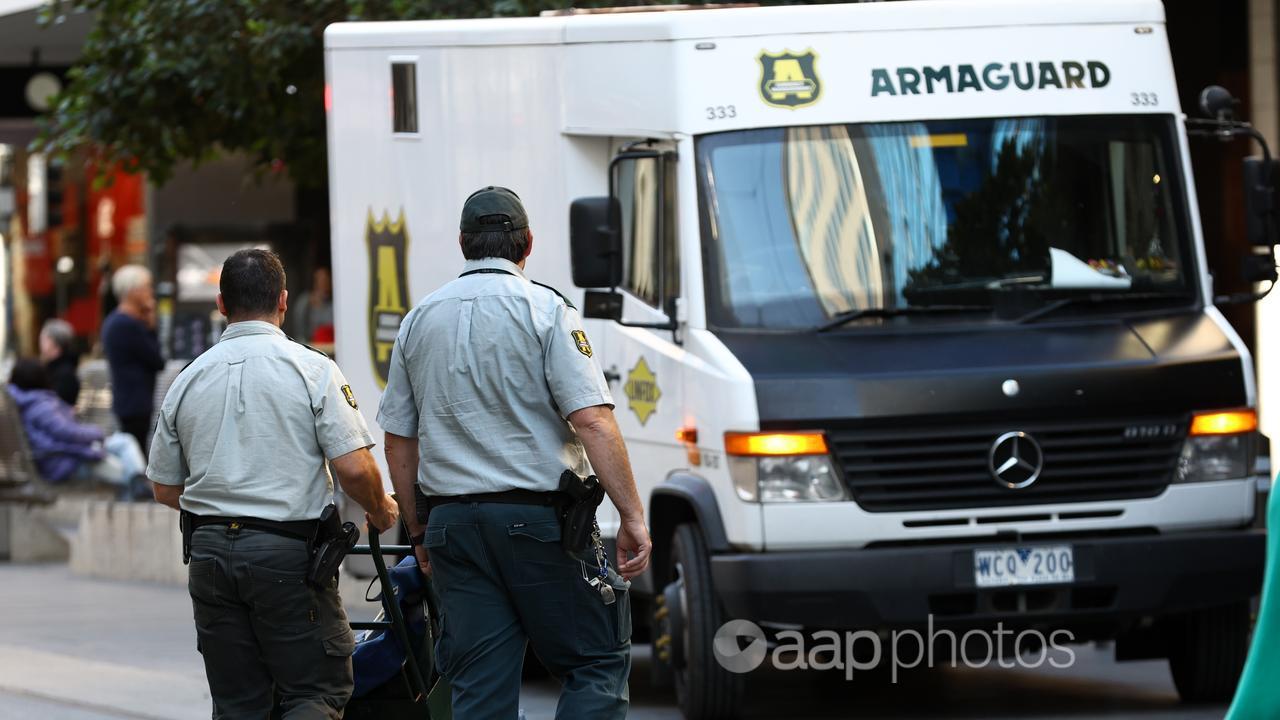Despite fewer people using cash, the right to do so should be defended, Reserve Bank governor Michele Bullock says.
The cash distribution system was on a knife-edge, with the financial viability of the nation’s money mover Linfox Armaguard in question, until a $50 million lifeline in late June from the big banks and other major customers.
Giving testimony to federal parliament’s house economics committee on Friday, Ms Bullock said access to cash was “a sensitive issue” after ructions in the industry threatened to disrupt access to it.

“There is a minority, but a significant minority, of people who still rely heavily on cash and want to use cash,” she said.
“The government is committed, and we are committed as well, to trying to maintain access to cash for people who want to use it,” she said.
The Reserve Bank may print the notes, but the nation’s banks and retailers are responsible for filling ATMs and cash registers.
It was the big four – Commonwealth Bank, NAB, Westpac and ANZ – along with the leading retailers Australia Post, Bunnings, Coles and Woolworths that bankrolled the one-year support package for the cash transport company.

“This is not just a problem in Australia, it’s a problem around the world as cash use declines for transactions,” Ms Bullock said.
“You’ve got all these fixed costs of maintaining a cash distribution system, and with less cash transaction that means the cost per transaction just keeps going up and up – it’s getting uneconomical.”
Ms Bullock said the central bank and federal government were encouraging the industry to devise a more viable model for the long term.
She said the one-year industry support package agreed between Linfox Armaguard and its major customers reduced the near-term risk of a major disruption.
“It remains an important means of payment for many Australians,” she said.
“Cash is used as a store of wealth, particularly during periods of economic uncertainty, and can be a useful backup for electronic methods of payment.”




















